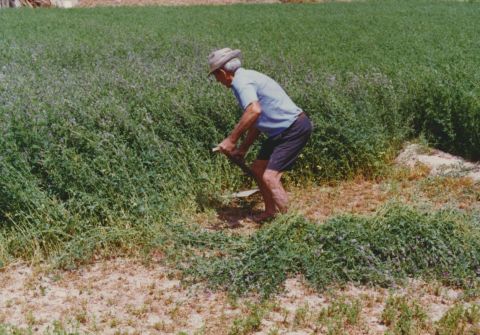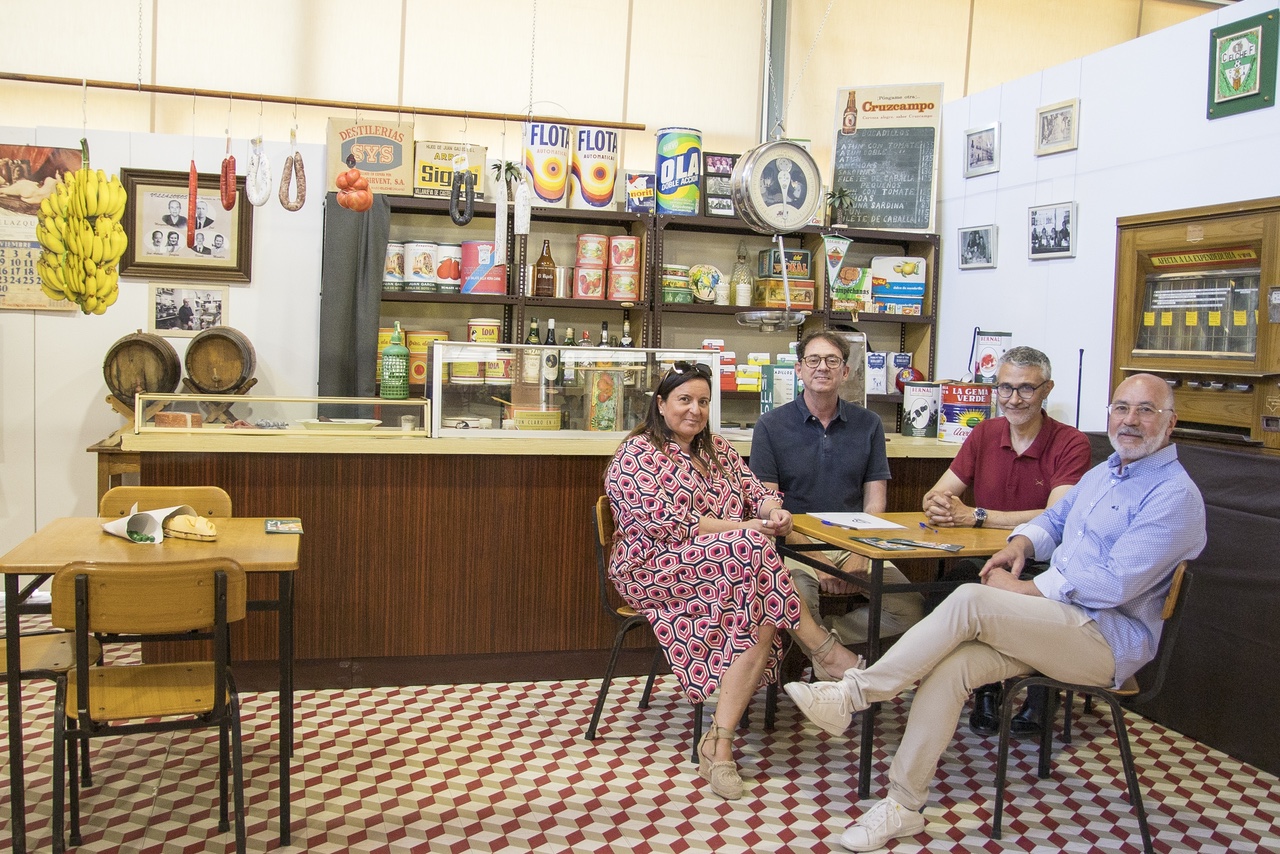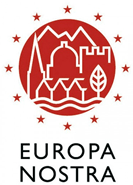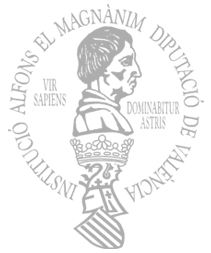
Alfalfa, a primary crop in our environment
29-04-2022
If we think of the most common crops in Camp d'Elx, we probably don’t have alfalfa in mind. However, this herb was a fundamental element in our entire rural environment until relatively recently, in addition to one of the most abundant.
Its purpose was not human consumption, but it did not have less weight, since it was destined to feed a very wide range of animals that were kept in the houses for one reason or another, as we will see here.
The cultivation of alfalfa adapts perfectly to the conditions of our agriculture, resisting drought very well, and also ensures forage for several years, being able to be cut several times a year and constantly regrown. Therefore it was a generous resource, which provided fodder for all the animals in the house and which, in addition, was very beneficial for the soil, providing mainly nitrogen.
It was the main food of draught animals: cows, mules, horses, donkeys... but also of animals intended for meat such as pigs or rabbits, for their extraordinary contribution of protein. The custom was fer herba (to make grass') daily, this is to go out to the bench of the alfalfa and cut an abundant beam, which would be put in the feeders of the corral or in the crib of the stable for the animals to consume. Their freshness was such that there was the habit of not putting water to the rabbits, since from the same grass they obtained the necessary hydration, thinking that they developed diseases by excess of fluid.
We also found that alfalfa was put on poultry, which, in order to avoid choking, were cut into smaller pieces with guillotines called 'slicing', of which our museum preserves several specimens, or simply with a corvilla without handle hanging on the wall of the corral, with the edge upwards.
Alfalfa was also dried for storage or sale, not only in the rural environment, since in the ground-floor houses and patio abounding in the urban area, small animals such as rabbits and chickens were also raised and fed with this dried grass.
For mowing large quantities of alfalfa, the dalla was used, a large tool with a large curved edge, which saved time and effort in mowing. We also find a copy in our rooms, specifically in the aspect dedicated to threshing.
Although this crop has not completely disappeared from our landscape, it is less and less abundant. There are no longer as many animals as in the past in our homes and therefore a large production of this herb is not necessary. However, we find that globalization and new consumption habits ensure the continuation of their planting. Two examples: a multinational from the Arab Emirates has invested in large plantations and dehydrators of alfalfa in the Ebro Delta, to feed the mares of the countries of the Persian Gulf; on the other hand alfalfa is a very precious crop in organic agriculture, to enrich the soil and for its contribution to the conservation of the biodiversity of the territories, in addition to the properties of its germination for human consumption: detoxifying, extraordinary in contribution of vitamins and rich in calcium.
Author: José Aniorte, cultural manager of the School Museum.










